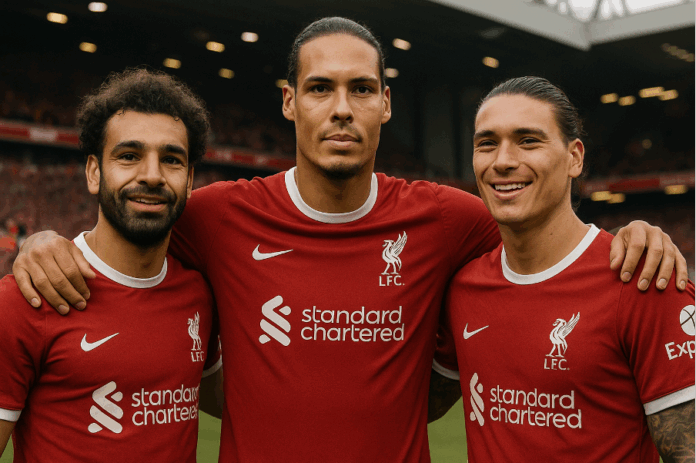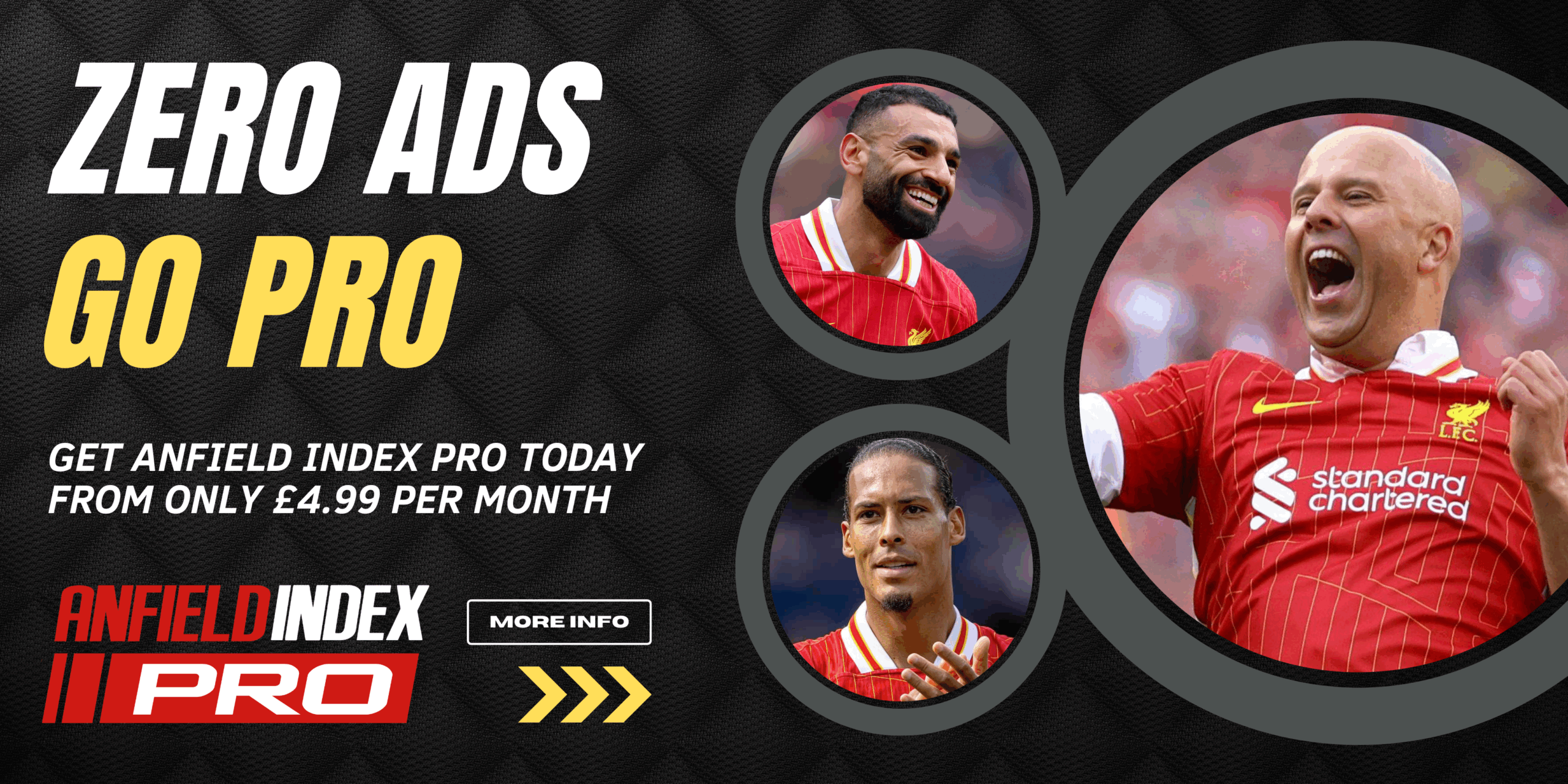In modern football, sponsorship plays a key role – it not only provides clubs with financial stability, but also shapes their global image. Through partnership agreements, football teams are able to invest in transfers, academy development, stadium modernization, and marketing campaigns. This is especially true in a highly competitive and commercialized sport, where brands from around the world seek to associate themselves with big clubs. For example, just as players in the UK look for lucrative bonuses such as free spins no deposit no id verification UK, clubs look for lucrative partnerships that bring benefits without unnecessary risks and conditions.
The early years: the beginning of the sponsorship era
In the 1970s, European football gradually entered a new era — the era of commercialisation. The growing popularity of televised matches opened up new revenue opportunities for clubs. One of the first areas of focus was placing company logos on football shirts. What seems normal today was a revolutionary idea at the time, provoking mixed reactions among fans and officials.
For Liverpool, the era of sponsorship began in 1979 when the club signed a deal with Japanese consumer electronics manufacturer Hitachi. It was the Hitachi logo that first appeared on the Reds’ red jerseys and became a symbol of a new approach to the club’s interaction with business. It was a historic moment not only for Liverpool but also for English football as a whole, as the club became the first in the First Division to take such a step.
The reaction of the fans at the time was mixed. Some fans saw it as a betrayal of tradition and excessive commercialization, as football had previously been associated exclusively with sporting honor, not advertising. At the same time, others recognized it as a necessary step in the face of growing competition and the need for additional funding.
The club’s iconic title sponsors
Throughout its history, Liverpool has had only a few title sponsors, and each of them has left its mark not only on the shirts but also on the club’s overall positioning on the world stage. Thanks to these partnerships, the Liverpool brand has gradually transformed from a national giant into a global player.
Candy (1988–1992)
Italian household appliance manufacturer Candy became Liverpool’s title sponsor in 1988. This partnership coincided with a period of change for the club: on the one hand, Liverpool remained a dominant force in English football, but on the other, a decline soon followed after their last championship in 1990. Visually, the Candy logo fit well with the shirt designs of the time, becoming one of the most nostalgic for fans. This era is often associated with legends such as Ian Rush, John Barnes, and Peter Beardsley. Candy helped the club establish itself as a brand open to collaboration with international companies, especially from Europe.
Carlsberg (1992–2010)
The partnership with Carlsberg was not only the longest in Liverpool’s history (18 years), but also one of the most famous in the world of football. The Danish beer brand’s logo is associated with an entire era, from the emotional struggles of the 1990s to the dramatic triumph in the Champions League in 2005. The partnership with Carlsberg had a global impact: thanks to the beer brand’s extensive distribution network, the club gained widespread recognition in Europe and Asia. Carlsberg, in turn, actively used Liverpool’s image in its advertising campaigns, strengthening the brand’s association with football, passion, and tradition.
Standard Chartered (2010–present)
In 2010, Liverpool signed a strategic agreement with Standard Chartered, a large international banking institution headquartered in London with a focus on Asian and African markets. This transition became a symbol of the club’s globalization.
The bank not only sponsors the team but also actively supports numerous social initiatives, including financial literacy programs, access to education, and charitable projects in partnership with the club. Thanks to this collaboration, Liverpool has strengthened its position in regions such as China, India, Singapore, and South Africa. In 2023, the contract was extended, demonstrating the mutual benefits of the partnership.
Each of these brands has become part of the club’s visual and emotional history. They have not only provided financial support but also helped shape Liverpool’s new identity, from a local giant to a globally recognized symbol of football.
Technical sponsors and the evolution of equipment
Alongside title sponsors, technical partners play an equally important role in shaping the visual image of a football club. They are responsible for the design and quality of the kit, which is not only an element of the equipment but also a powerful marketing tool.
Over the decades, Liverpool has collaborated with a number of leading sports brands, each of which has left its mark on the club’s history.
Umbro (until 1996)
The British company Umbro was Liverpool’s technical sponsor from the 1970s to the mid-1990s. It was in Umbro kits that the club won numerous trophies, including European Cups. The classic style, red kit with white accents, is associated with the club’s golden era.
Reebok (1996–2006)
In 1996, Reebok became the technical partner, symbolizing a desire for renewal. The kit became more experimental, with new materials, design elements, and the introduction of silver and dark versions.
This period coincided with an unstable phase for the club, but it was in Reebok kits that Liverpool won the 2001 UEFA Cup and the 2005 Champions League.
Adidas (2006–2012)
The return to Adidas was seen as a nostalgic gesture. The German giant created understated and elegant designs with the traditional three stripes. During this period, the club was actively working to expand its presence in Asia, where Adidas had a strong distribution infrastructure.
Warrior (2012–2015)
The American brand Warrior, which previously specialized in lacrosse and hockey equipment, was an unexpected choice. Although the kit was of high quality, its design caused a lot of controversy among fans: bright colors, unusual graphic elements, and sometimes experiments that did not fit the club’s classic image.
New Balance (2015–2020)
After Warrior was integrated into New Balance, the kit took on a more restrained, “European” style.
The company successfully combined traditional motifs with modern technology. It was in New Balance kits that Liverpool won the 2019 Champions League and became English champions in 2020 — for the first time in 30 years.
Nike (2020–present)
In 2020, Liverpool signed a lucrative contract with Nike, which was a landmark step in the club’s globalization. The deal includes not only a fixed amount but also a percentage of jersey sales, allowing the club to directly capitalize on its popularity. Nike opted for a simple, modern design with a wide range of variations for both players and fans. Nike’s marketing support, which includes the involvement of global stars from the worlds of sport, music, and fashion — from LeBron James to rappers who appear in Liverpool kits — has been a major advantage.
Global and regional partners
In modern football, sponsorship has long gone beyond the traditional logo on a shirt. For clubs with a global audience such as Liverpool, it is important to have a broad network of partnerships that span different industries, markets, and target audiences. Such agreements not only increase revenue but also strengthen the brand’s presence in key regions around the world.
In addition to title sponsor Standard Chartered and technical partner Nike, Liverpool actively collaborates with dozens of brands as “official partners.” These span a range of categories, from travel to personal care. Each agreement is tailored to specific goals: marketing, social projects, regional expansion, or innovative initiatives. Significant global partners:
- Expedia is the club’s official travel partner. The company’s logo appears on the sleeve of the jersey, becoming a prominent part of the team’s visual style. The agreement provides for the integration of Expedia into fan travel, partner tours, and promotions for fans around the world.
- AXA — a French insurance company that has not only become a sponsor but also named the club’s official training base after itself: AXA Training Center. This partnership underscores the club’s ambitions to develop its infrastructure and the well-being of its players.
- Nivea Men — the partnership with the men’s skincare brand is based on the idea of a healthy lifestyle, confidence, and strength. Joint advertising campaigns with Liverpool players are an example of the successful integration of football into the lifestyle segment.
- EA Sports — collaboration in the field of video games, including the popular FIFA series (now EA FC). The club has a virtual presence in the game, its own tournaments, and content for Generation Z fans who experience football through digital formats.
To consolidate its presence in strategically important regions, Liverpool has entered into agreements with local brands. For example:
- In China and India, the club collaborates with local payment systems and telecommunications companies, adapting content and merchandise to the cultural characteristics of the region.
- In the US, Liverpool has a strong media presence and partnerships with American educational and sports organizations. Thanks to a contract with Nike, the club has access to a wide advertising network in North America.
- In the Middle East, partnerships with financial institutions and airlines help attract new audiences and investors. In particular, through Arabic-language versions of the website and special fan programs.
Thus, Liverpool’s global sponsorship strategy encompasses not only major international brands, but also local initiatives that strengthen the club’s connection with fans around the world.
The impact of sponsorship on the club’s finances and development
In modern football, sponsorship contracts have become a critical source of income for leading clubs, and Liverpool is a prime example of how a smart partnership strategy can ensure stability and growth. Thanks to a well-structured sponsorship system, the club has been able to transform itself from an unstable giant in the 2000s into a modern, world-class football corporation.
Sponsorship revenues have become an important resource that has allowed the club to:
- Thanks to contracts with brands such as Standard Chartered and Nike, Liverpool has received hundreds of millions of pounds, some of which has been invested in transfers of top players: Virgil van Dijk, Alisson, and Mohamed Salah. Without strong financial backing, such purchases would have been difficult or impossible.
- With funding from its partners, the club has invested in the renovation of the stands at Anfield and the construction of the new AXA Training Centre, one of the most modern training facilities in Europe. Infrastructure investments ensure long-term stability and growth.
- The club’s youth system has also benefited from stable funding. Modern training facilities, scouting programs, and educational projects have all helped to produce players such as Trent Alexander-Arnold and Curtis Jones.
Compared to financial giants such as Manchester City and Chelsea, which are backed by wealthy owners, Liverpool maintains a more balanced development model. Instead of direct investment from owners, the club focuses on:
- self-sufficiency,
- commercial revenue,
- and brand value growth.
In 2023, Liverpool earned over £250 million from commercial activities alone, placing it among the top five clubs in the world in terms of this indicator.
This demonstrates the high effectiveness of the sponsorship strategy, even though it is less risky than relying on a single patron.
Sponsorship agreements have not only generated short-term profits but also laid the foundation for long-term development:
- Partnerships with world-class brands such as Nike, AXA, and Expedia allow Liverpool to be recognized in all regions of the world.
- The club is associated not only with success on the field, but also with professionalism, innovation, and social responsibility — values that are important to modern partners.
- For example, during the COVID-19 pandemic, when many clubs experienced financial difficulties, Liverpool remained stable thanks to long-term contracts with reliable partners.
Thus, sponsorship has become not just part of Liverpool’s budget, but a strategic tool for growth. Thanks to the right commercial decisions, the club has not only returned to the top of English and European football, but also built a solid foundation for the future.
Scandals and challenges
Despite its numerous successes in sponsorship, Liverpool, like other big clubs, has faced criticism and ethical dilemmas when choosing partners. When commerce intersects with moral or social issues, tension arises between the pursuit of profitability and responsibility to fans and the public.
Criticism of deals with betting and financial companies
One of the most controversial topics in recent years has been the partnerships between English clubs and betting companies. Although Liverpool did not have betting brands on their shirts as main sponsors, the club collaborated with such brands in regional deals. This sparked a wave of criticism, especially given the growing problem of gambling addiction in the UK.
Community organizations, some fans, and certain politicians openly condemned such agreements, considering them incompatible with the values the club professes to uphold, including support for young people, social projects, and healthy lifestyles. In response, the club began to take a more cautious approach to such agreements and also placed greater emphasis on responsible gaming and ethical advertising.
Ethical dilemmas in choosing sponsors
On a global scale, Liverpool, as a well-known brand, must choose between financial gain and image risks. Ethical dilemmas can arise when working with companies:
- with a controversial reputation (e.g., in the field of the environment or workers’ rights)
- that are linked to authoritarian governments
- or that operate in socially sensitive industries (weapons, chemical industry, unregulated cryptocurrencies, etc.).
The club tries to avoid cooperation with brands that could cause reputational damage, but it is not easy to completely eliminate risks in a global market. The more recognizable a brand is, the more attention is paid to each partner that becomes part of its commercial structure.
In conclusion, the history of Liverpool’s sponsorship is an example of how a smart commercial strategy can support sporting success, modernise club infrastructure, and take a brand to a global level. From the first Hitachi logo to the current partnerships with Nike and Standard Chartered, each partnership has been part of a great journey. At the same time, Liverpool strives to maintain a balance between financial gain and club values, which is particularly important in the face of the ethical challenges of today’s market. In the future, the club will continue to develop its sponsorship model with a focus on sustainability, innovation, and responsible partnership.




